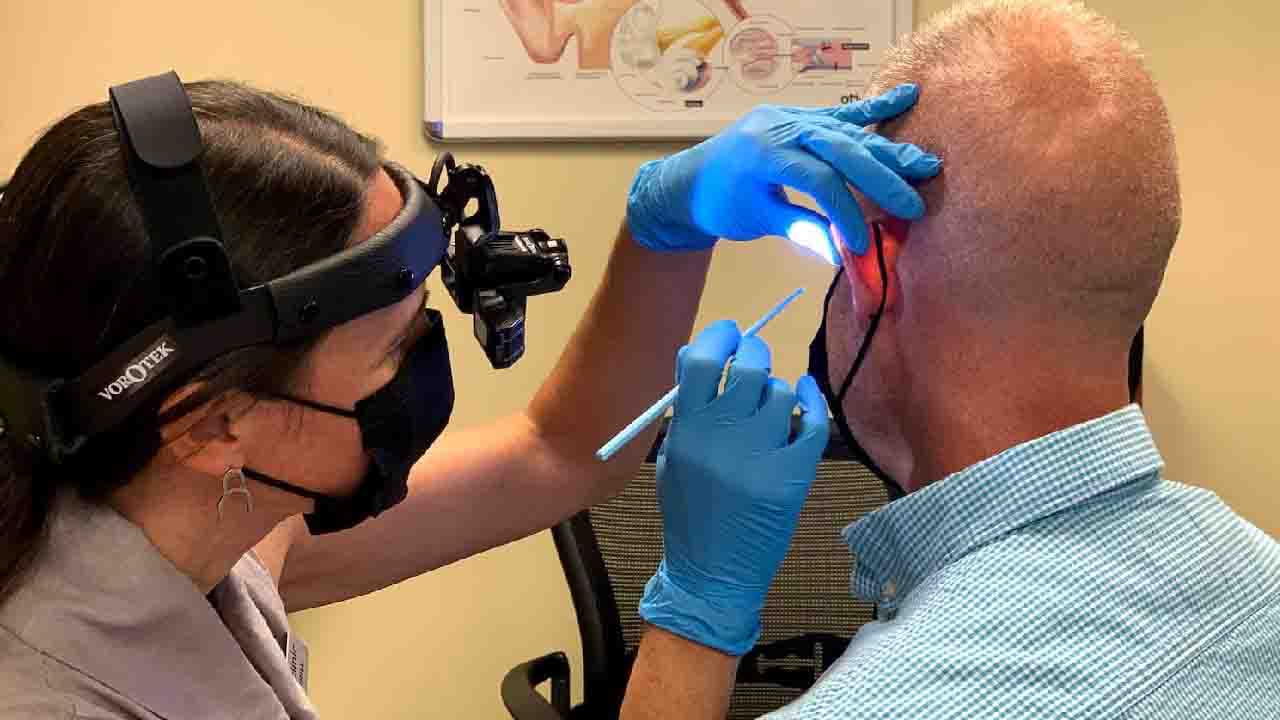Science & Technology, UK (Commonwealth Union) – Earwax plays a crucial role in the health of our ears by helping keep out dust particles, insects and other elemants that can cause damage to the ear drum. However, earwax in excess can also lead to health issues such as impaired hearing that can severely hinder the quality of life.
A new study conducted by University of Manchester audiologists emphasized the issues impacting people with ear wax.
The findings appeared in the British Journal of General Practice as a large number of individuals face the possibility of having ear wax removal services removed in their GP surgeries.
The possible halting of the service, does not mean that ear wax is not a primary factor for GP consultations. Over 2 million individuals across the UK require ear wax removal, according to the research team lead, Professor Kevin Munro of The University of Manchester and National Institute for Health and Care Research (NIHR) Manchester Biomedical Research Centre (BRC).
Ear wax was indicated as a particular issue in care homes, impacting up to 44 percent of residents having dementia.
The study involved the surveying of 500 adults utilizing the NHS (National Health Service) ear wax clearing services and noted the most frequent and troubling symptom of blocked ears was hearing difficulty.
The study that was backed by the NIHR Manchester BRC noting that 9 out of 10 of those surveyed indicated that hearing issues were at least moderately troubling, as well as 6 out of 10 indicating the issue to be extremely troubling. Following the removal of ear wax, over 8 out of 10 people indicated an instant improvement.
The effects of Ear wax on being able to communicate with others along with its effects on listening to TV and monitoring sounds in the surroundings.
Further symptoms caused by impacted ear wax include discomfort and the ringing in the ears.
Kevin Munro, Professor of Audiology at The University of Manchester and Manchester BRC Hearing Health Theme Lead says “If anyone tries simulating the effect of impacted wax by walking around with their fingers plugging their ears for a few days, they’ll soon realise that it is a serious issue.”
“There are multiple reasons why GP surgeries are ceasing to provide ear wax removal services. The traditional method of syringing ears is no longer recommended but there are newer and safer methods for flushing wax out of the ear.”
“There is also a misunderstanding that using ear drops to soften the wax will be enough to resolve the problem but there is little evidence to support this claim. Once the wax has been softened, it needs to be flushed out of the ear or vacuumed up, neither of which can be done at home without expertise.
Researchers indicate that a possible solution is to work together as a network with the portable nature of modern ear wax clearing equipment being right for movement across various locations.
In spite the availability of a variety of home ear wax treatments, NICE points out that there is either none, or lack of evidence, backing any of them.
Concerns over the reasons individuals are being referred to hospital-based ear wax clinics, leading to long waiting times and the poor application of specialist services, have been bought up in the British parliament.
Over a quarter of persons indicated to RNID that they were unable to afford get their ear wax cleared privately.
Ear wax is a normal substance formed by our body to clear, protect and maintain our ear health. Movement from the jaw, and the skin lining the ear canal, causes the wax to be transferred to the opening of the ear where it then flakes off or is moved away as we wash. At certain times this does not take place, and the ear wax gets impacted.








